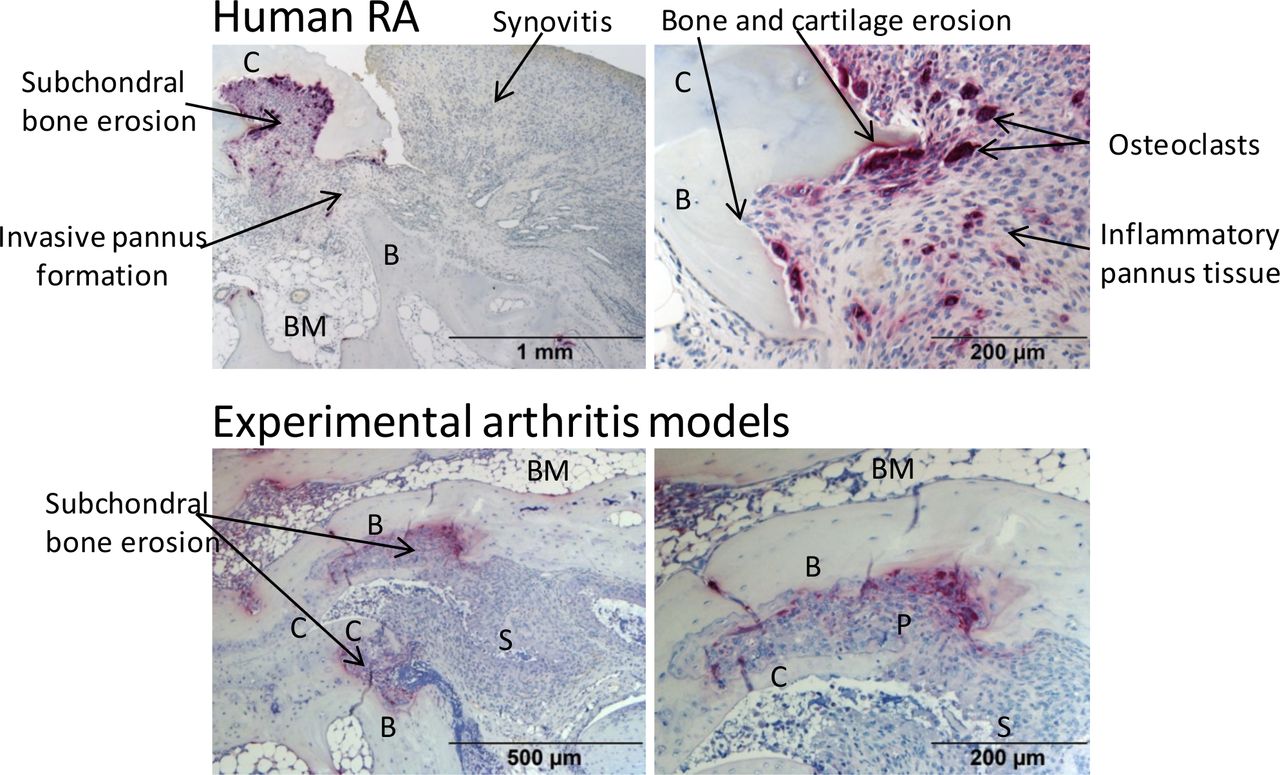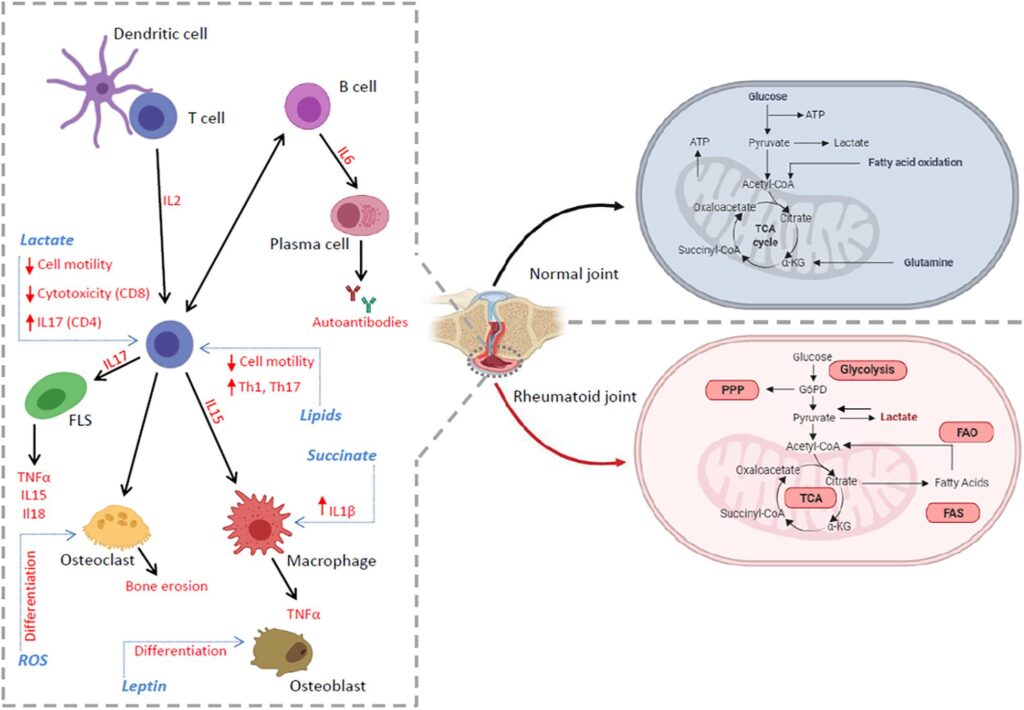Juvenile Rheumatoid Arthritis, commonly abbreviated as JRA, is a chronic autoimmune condition that primarily affects children under the age of 16. This guide aims to provide a comprehensive understanding of this condition, including its causes, symptoms, diagnosis, treatment options, and ways to manage daily life for affected children and their families.

Understanding Juvenile Rheumatoid Arthritis
Juvenile Rheumatoid Arthritis is a type of arthritis that occurs in children. It is characterized by inflammation of the joints, which can lead to pain, swelling, stiffness, and reduced mobility. Unlike adult rheumatoid arthritis, this condition in children often involves periods of flare-ups and remission, making it unpredictable and challenging to manage.
How It Differs from Adult Rheumatoid Arthritis
- Age of Onset: The condition develops in children, typically before the age of 16.
- Symptom Patterns: Children may experience alternating periods of active symptoms and remission, whereas adults often have more persistent symptoms.
- Long-Term Effects: If untreated, it can interfere with growth and development, leading to complications such as joint deformities or eye problems.
Causes and Risk Factors
The exact cause of Juvenile Rheumatoid Arthritis remains unknown, but researchers believe it results from a combination of genetic and environmental factors. Here’s what we know:
Potential Causes
- Autoimmune Response: The immune system mistakenly attacks healthy joint tissues, causing inflammation.
- Genetic Predisposition: Certain genes may increase the likelihood of developing the condition.
- Environmental Triggers: Infections or other external factors may trigger the onset of symptoms in genetically susceptible individuals.
Risk Factors
- Family History: Children with a family history of autoimmune diseases are at higher risk.
- Gender: Girls are more likely to develop this condition than boys.
- Age: Symptoms often begin between the ages of 6 months and 16 years.
Symptoms to Watch For
The symptoms of Juvenile Rheumatoid Arthritis can vary widely among children. Some may experience mild symptoms, while others face severe challenges. Common signs include:
Joint-Related Symptoms
- Persistent joint pain, swelling, or stiffness, especially in the morning or after periods of inactivity.
- Limited range of motion in affected joints.
- Warmth or redness around the joints.
Systemic Symptoms
- Fever that comes and goes, often accompanied by a rash.
- Fatigue and irritability.
- Swollen lymph nodes.
Growth and Development Issues
- Delayed growth or uneven growth in limbs due to inflammation affecting bone development.
- Eye inflammation, which can lead to vision problems if untreated.
Diagnosing the Condition
Diagnosing Juvenile Rheumatoid Arthritis can be challenging because its symptoms overlap with those of other conditions. Early diagnosis is crucial to prevent long-term damage. Here’s how doctors typically approach the process:
Medical History and Physical Examination
Doctors will review the child’s medical history and conduct a thorough physical examination. They will look for signs of joint swelling, limited movement, and other systemic symptoms.
Diagnostic Tests
- Blood Tests: These may include tests for markers of inflammation, such as C-reactive protein and erythrocyte sedimentation rate, as well as tests for specific antibodies like rheumatoid factor.
- Imaging Studies: X-rays, ultrasounds, or MRIs may be used to assess joint damage or abnormalities.
- Eye Examinations: Regular eye check-ups are essential to detect inflammation that could affect vision.
Treatment Options
While there is no cure for Juvenile Rheumatoid Arthritis, treatment focuses on reducing symptoms, improving joint function, and preventing complications. A multidisciplinary approach involving healthcare providers, therapists, and families is often necessary.
Medications
- Nonsteroidal Anti-Inflammatory Drugs (NSAIDs): These help reduce pain and inflammation.
- Disease-Modifying Antirheumatic Drugs (DMARDs): These slow the progression of the disease and protect joints from damage.
- Biologic Agents: These target specific parts of the immune system to control inflammation.
- Corticosteroids: These are used to quickly reduce severe inflammation but are typically prescribed for short-term use due to potential side effects.
Physical and Occupational Therapy
Therapy plays a vital role in maintaining joint function and improving quality of life. Physical therapy focuses on exercises to strengthen muscles and improve flexibility, while occupational therapy helps children perform daily activities more easily.
Surgical Interventions
In rare cases where joint damage is severe, surgery may be necessary to repair or replace damaged joints. This is typically considered only after other treatments have failed.
Managing Daily Life
Living with Juvenile Rheumatoid Arthritis requires ongoing management and support. Families play a crucial role in helping children cope with the condition and maintain a sense of normalcy.
Creating a Supportive Environment
- Encourage open communication about the child’s feelings and challenges.
- Educate family members, teachers, and peers about the condition to foster understanding and reduce stigma.
- Ensure the child has access to mental health support if needed.
Healthy Lifestyle Choices
- Maintain a balanced diet rich in anti-inflammatory foods, such as fruits, vegetables, and omega-3 fatty acids.
- Promote regular physical activity tailored to the child’s abilities to keep joints flexible and muscles strong.
- Ensure adequate rest and sleep to support overall well-being.
Monitoring and Follow-Up
Regular follow-up appointments with healthcare providers are essential to monitor the child’s progress, adjust treatment plans, and address any new symptoms or complications promptly.
Complications and Long-Term Outlook
If left untreated, Juvenile Rheumatoid Arthritis can lead to serious complications, including joint deformities, growth disturbances, and eye inflammation that may result in vision loss. However, with early diagnosis and appropriate treatment, many children achieve remission and lead active, fulfilling lives.
Potential Complications
- Chronic pain and disability due to joint damage.
- Eye conditions such as uveitis, which can cause permanent vision impairment if untreated.
- Emotional and psychological challenges, including anxiety and depression.
Prognosis
The long-term outlook varies depending on the severity of the condition and how well it responds to treatment. Many children experience periods of remission, during which symptoms subside, allowing them to engage in normal activities. Ongoing medical care and lifestyle adjustments are key to managing the condition effectively.
Resources and Support for Families
Families navigating the challenges of Juvenile Rheumatoid Arthritis can benefit from connecting with support groups, advocacy organizations, and educational resources. These platforms provide valuable information, emotional support, and opportunities to connect with others facing similar experiences.
Support Groups
- Local and online support groups offer a space for families to share experiences and advice.
- Peer support can help children feel less isolated and more empowered to manage their condition.
Advocacy Organizations
- Organizations dedicated to arthritis research and awareness often provide educational materials, webinars, and fundraising events.
- These groups also advocate for improved healthcare policies and increased funding for research.
Educational Resources
- Books, websites, and videos created by medical professionals can help families better understand the condition and its management.
- Schools and educators can also benefit from resources that explain how to accommodate children with this condition in academic settings.





